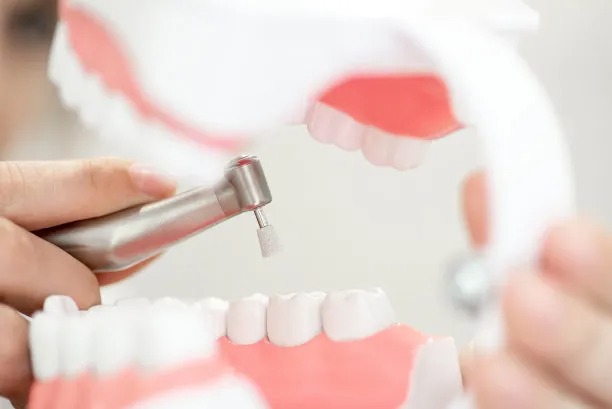Understanding the Dangers of Periodontal Disease Causes, Symptoms, and Treatment
Summary: Periodontal disease is a serious oral health condition that can lead to various complications if left untreated. This article will delve into the causes, symptoms, and treatment options for periodontal disease to help you understand its dangers and how to manage it effectively.
1. Causes of Periodontal Disease

Periodontal disease is primarily caused by the accumulation of plaque and tartar on the teeth and gums. Poor oral hygiene practices, smoking, genetic factors, and certain medical conditions can also contribute to the development of gum disease.
When plaque, a sticky film of bacteria, builds up on the teeth, it can harden into tartar, leading to inflammation of the gums and eventual periodontal disease if not removed through regular brushing, flossing, and professional cleanings.
In some cases, hormonal changes, such as those during pregnancy or menopause, can increase the risk of developing periodontal disease. Additionally, certain medications that reduce saliva flow or cause abnormal growth of gum tissue can also play a role in gum disease.
2. Symptoms of Periodontal Disease
Early stages of periodontal disease may present with symptoms such as red, swollen, or bleeding gums, persistent bad breath, and receding gums. As the condition progresses, symptoms can worsen to include loose teeth, changes in bite alignment, and even tooth loss.
Periodontal disease can also cause discomfort or pain while chewing, sensitivity to hot or cold temperatures, and the formation of pockets between the teeth and gums. These pockets can become sites for further bacterial growth, exacerbating the disease if not addressed promptly.
If you experience any of these symptoms, it is important to seek professional dental care for a thorough examination and appropriate treatment to prevent further complications from periodontal disease.
3. Treatment of Periodontal Disease
The treatment for periodontal disease varies depending on the severity of the condition. In early stages, non-surgical procedures such as scaling and root planing may be sufficient to remove plaque and tartar buildup and promote healthy gum tissue.
For more advanced cases, surgical interventions like flap surgery, bone grafting, or tissue regeneration may be necessary to repair damaged tissues and restore oral health. Antibiotics or antimicrobial mouth rinses can also be prescribed to control bacterial infection and prevent recurrence of periodontal disease.
Following treatment, it is essential to maintain good oral hygiene practices, attend regular dental check-ups, and follow any post-operative instructions provided by your dentist to prevent the reoccurrence of periodontal disease.
4. Importance of Periodontal Disease Awareness
Educating individuals about the dangers of periodontal disease is crucial in promoting oral health and preventing long-term complications. Regular dental visits for cleanings and exams can help detect gum disease early and provide timely intervention.
By understanding the causes, symptoms, and treatment options for periodontal disease, individuals can take proactive steps to protect their oral health and overall well-being. Maintaining a healthy lifestyle, avoiding tobacco use, and seeking professional dental care are key factors in preventing and managing gum disease.
Periodontal disease awareness campaigns and public health initiatives play a vital role in raising awareness about the importance of oral hygiene and the impact of gum disease on overall health, encouraging individuals to prioritize their dental health.
Summary:
Periodontal disease is a common yet serious oral health condition that can have far-reaching consequences if not properly managed. Understanding the causes, symptoms, and treatment options for gum disease is essential for maintaining oral health and preventing complications. By promoting periodontal disease awareness and advocating for preventive dental care, individuals can take control of their oral health and reduce the risks associated with gum disease.
This article is compiled by Vickong Dental and the content is for reference only


